Did you know that every year about 500 million to 1 trillion plastic bags are used worldwide? Those bags eventually end up in the middle of the Pacific Ocean on The Great Pacific Garbage Patch, made mostly of plastic. Since 1997, the garbage patch has grown to be twice the size of Texas, or about 537,194 square miles of plastic trash. Once these plastic bags end up in the ocean, sea creatures, specifically fish, mistake the plastic bags for food and eat them. While in the stomach, the plastic breaks down to a nano-plastic. Being that nano-plastic is the smallest form, it often embeds itself into the cells of the fish, promoting disease, increasing death rates. When any other animal or fish eats the fish, the plastic could harm or kill the animal.
Some people are lazy or don’t see a need for sorting out and recycling their trash. Matt Erickson, junior, states, “I’m just too lazy to recycle.” This is a common problem in this day and age with students here at TL. Some might find it difficult to decide what piece of trash goes in which bin, but that is easily solved with pictures while laziness isn’t as easily solved. It takes time and effort, which is not hard to come by these days, and people need to understand how recycling and sorting out their trash helps to solve a growing problem.
We need more solutions to this growing problem, otherwise, the world will become more hazardous. One method to get rid of plastic bags is burning the bags. This reduces the chance of animals eating the plastic. This releases toxic gases into the atmosphere that damage the Earth by heating up the Ozone layer. While burning bags gets rid the original form the plastic was in, it also leaves residue that then gets released back into the atmosphere. The more the Ozone layer gets eaten away from the toxins burning plastics release, the more the Earth heats up and gets damaged by the sun’s rays. The Ozone layer absorbs most of the ultraviolet radiation and protects the earth from the sun. Without the multiple Ozone layers, planet Earth would be overtaken with ultraviolet light which would cause a constant cold.
A couple of years ago, California banned the use of thin plastic bags to reduce the harmful impact of the earth. Each bag takes years to break down and by banning them, California has reduced part of the problem. The state converted to paper and thick plastic bags which are used in stores today. Some businesses still use plastic bags (costing one cent to produce) because they are a cheaper alternative compared to fabric or paper bags (costing 4 to 5 cents to produce). By banning plastic bags, the US is trying to get rid of the plastic problem at the source.
Because thicker plastic bags are made of more plastic than thin plastic bags, they are reusable. Most stores don’t advertise the multiple uses for plastic bags such as dog bags, lining for paint trays, car motion sickness, small trash can liners, dirty clothes and many more. Terra Linda Sophomore, Molly Madden, has found alternative uses for plastic bags.“We buy the vegetables in the store and then come home and take them out, then we put the plastic bags in a container and use them for our dogs.”
There are many alternatives to plastic bags, one being cloth bags. They are typically made of materials such as calico, which is a printed cotton cloth made from earth-friendly materials. These bags can be very expensive, but on certain websites such as 4imprint.com, cloth bags cost two cents with no tax or shipping fee and they don’t kill any animals. Shopping bags are also being made out of canvas, denim, and paper.
Plastic bags were created to be reused over the years, but people often end up throwing them out after one use. The growing problem is how much plastic is being released into the world, killing more animals. Not only fish are affected. Other marine wildlife, specifically seagulls, turtles, seals, sea lions, whales, and dolphins look for food, mistakenly eating plastic because they can’t tell the difference between trash and food, which could kill or harm them and, over time, would slowly kill the animal population.
As many studies have been conducted to prove how much plastic and other materials are harming the environment, it is a necessity to change our ways of living with how we wish to see the world around us to look.
More on the detrimental impacts of plastic bags:


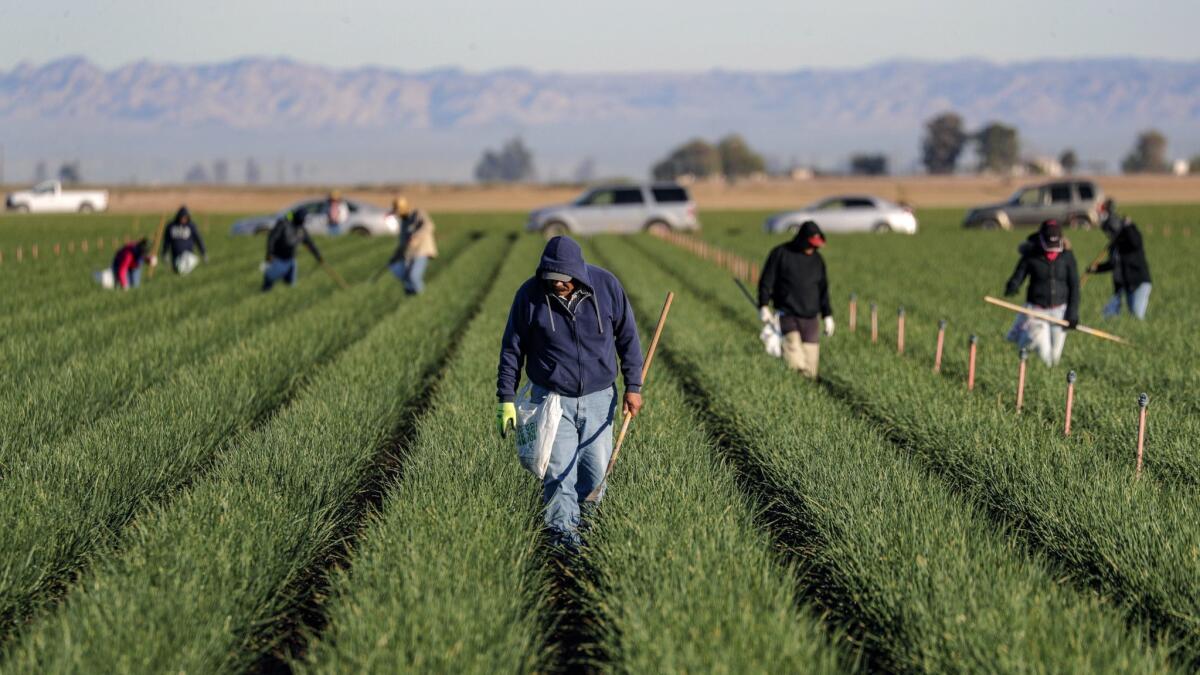
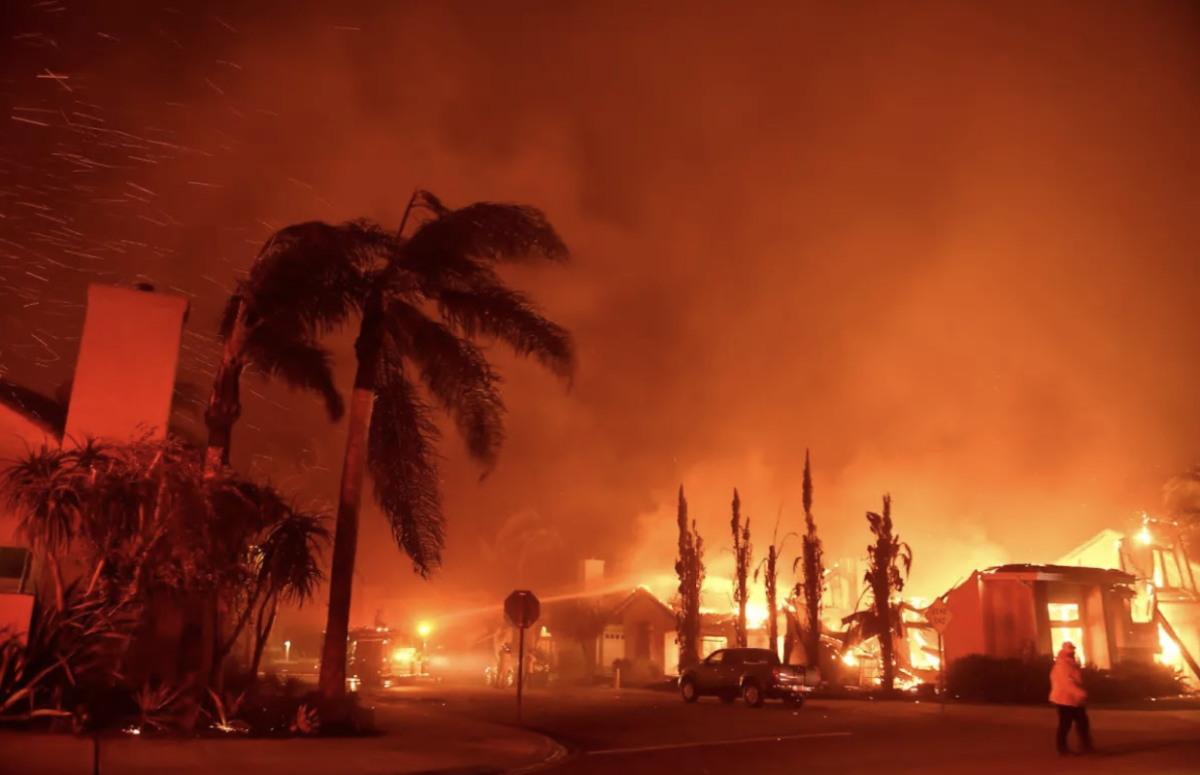

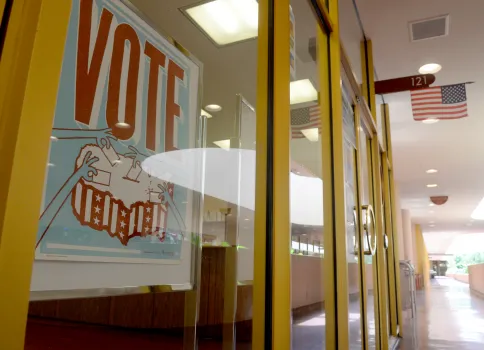
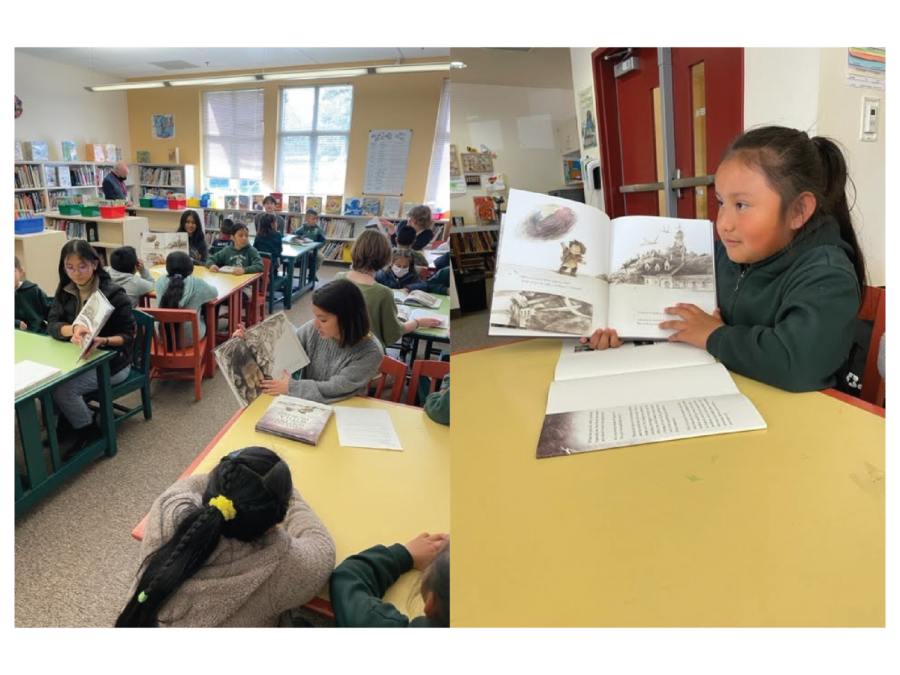
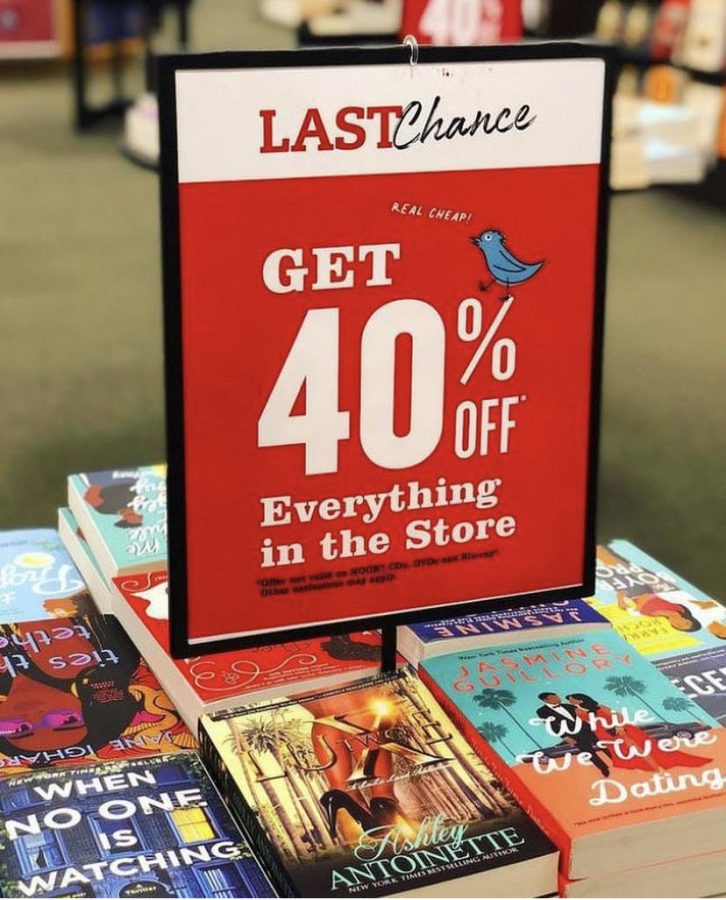


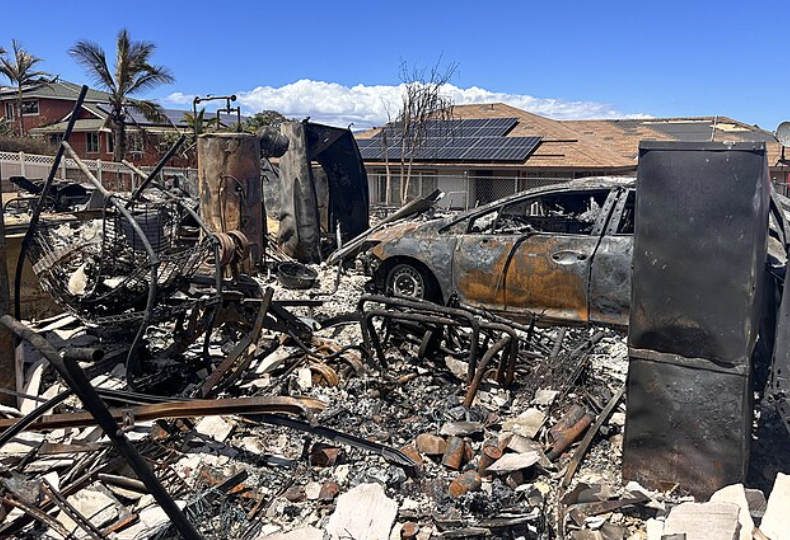
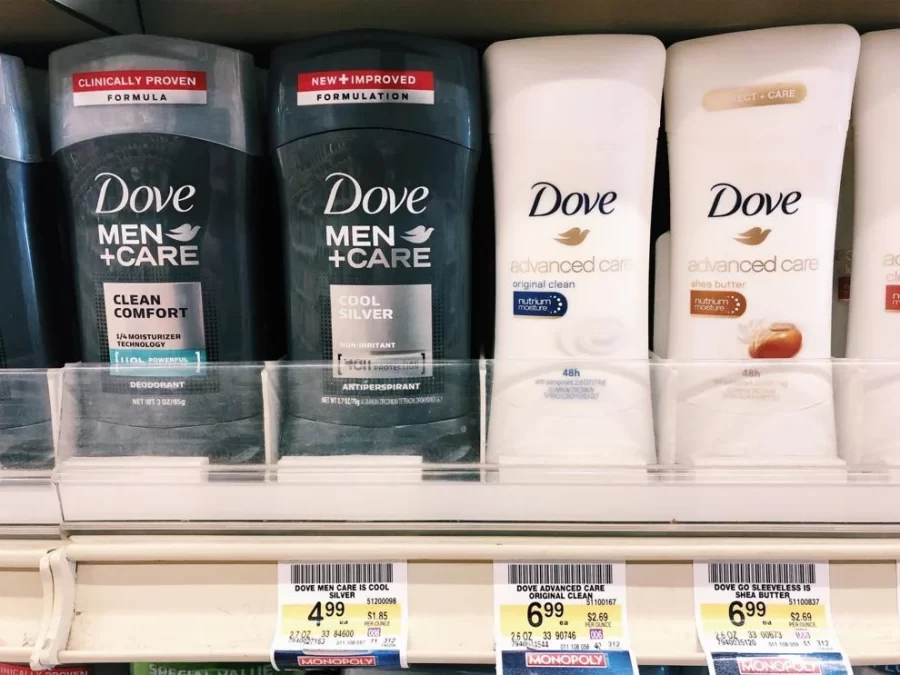

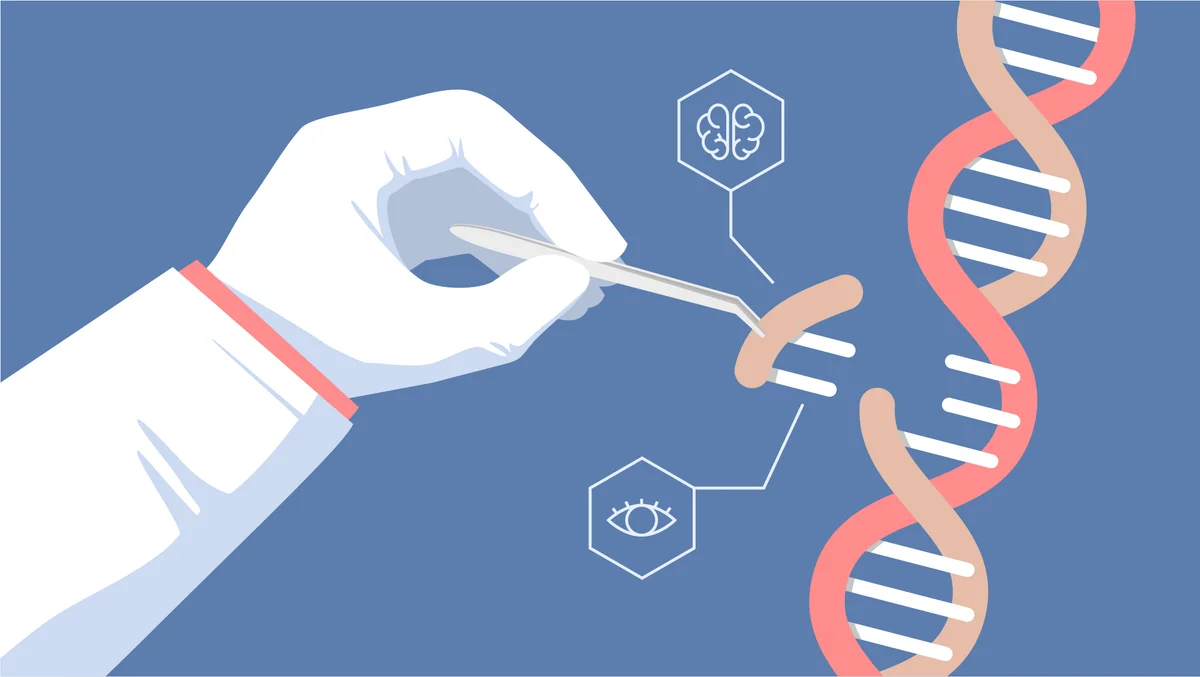
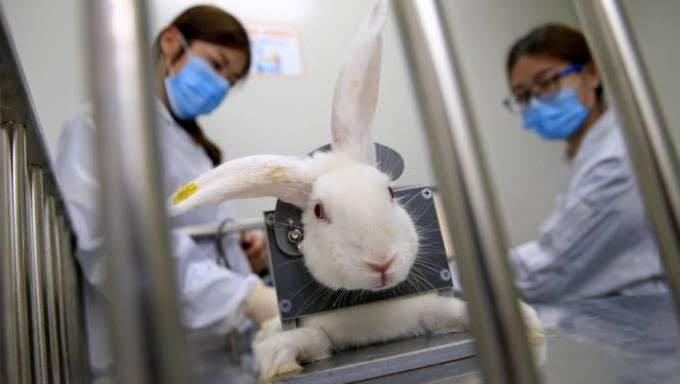

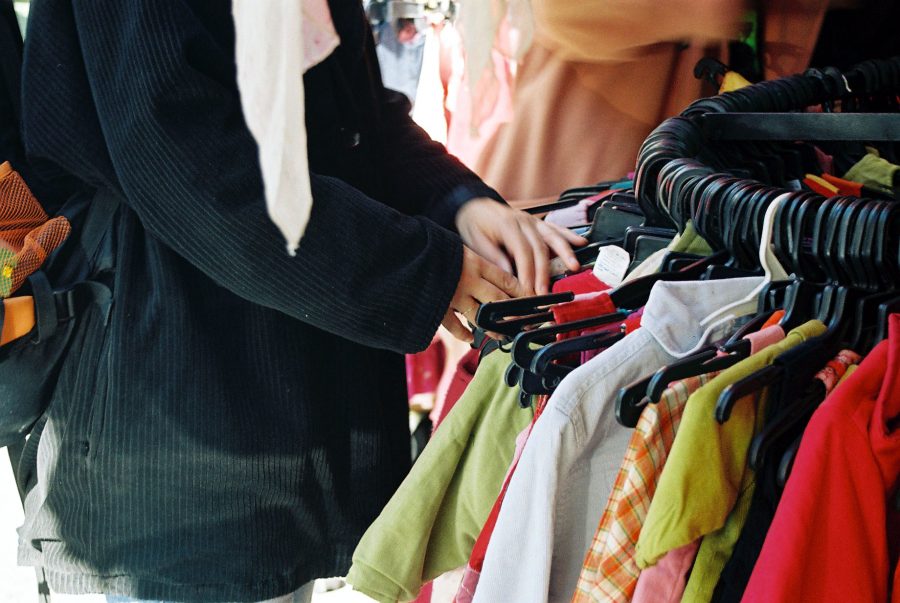



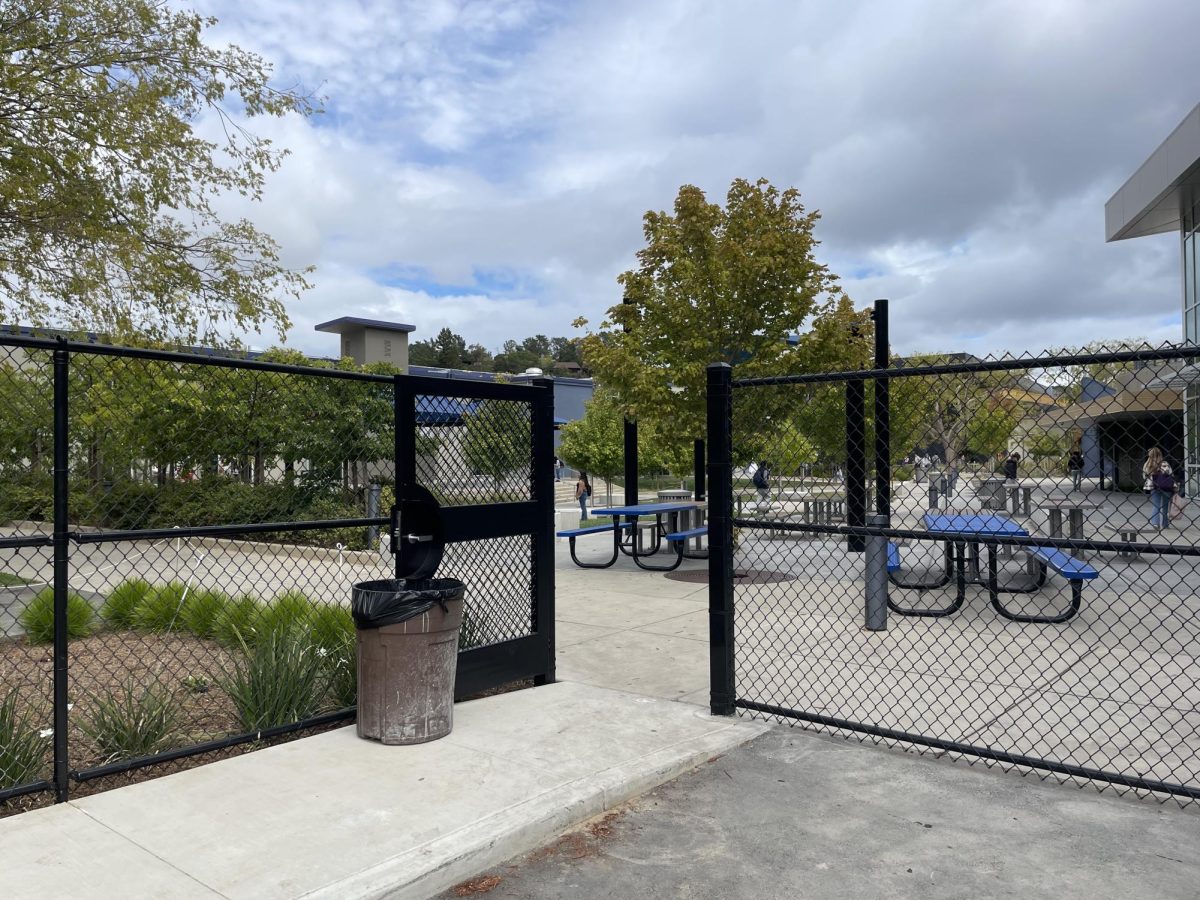
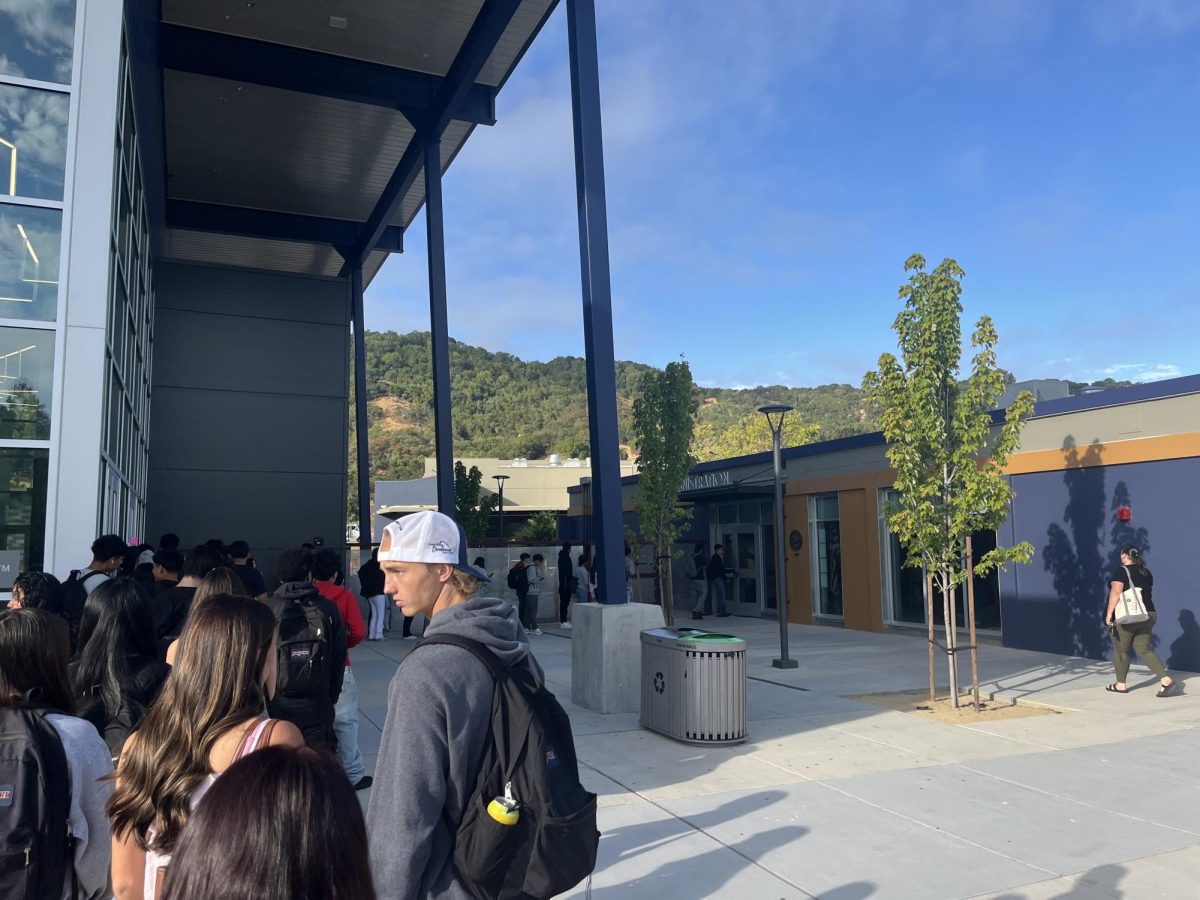


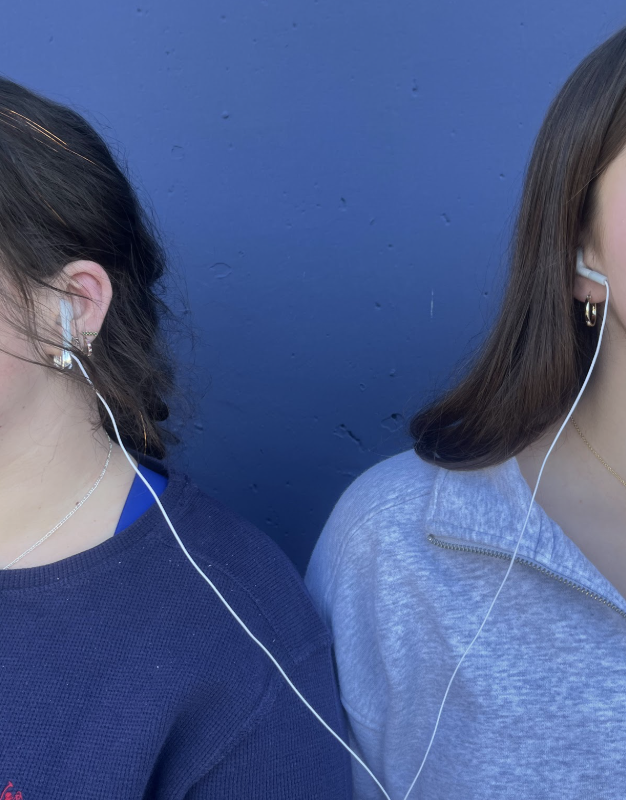



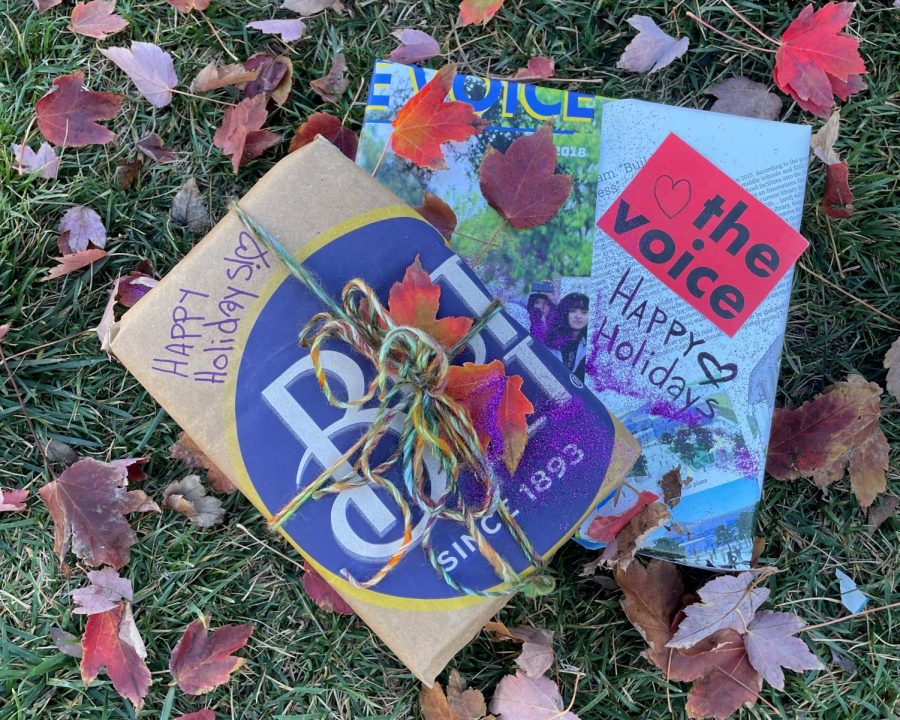
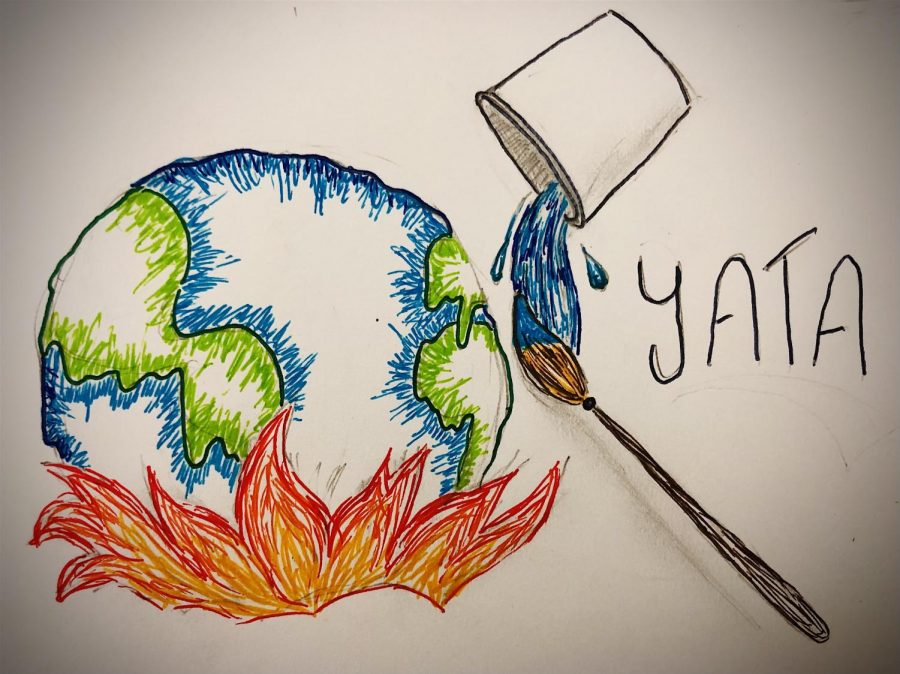
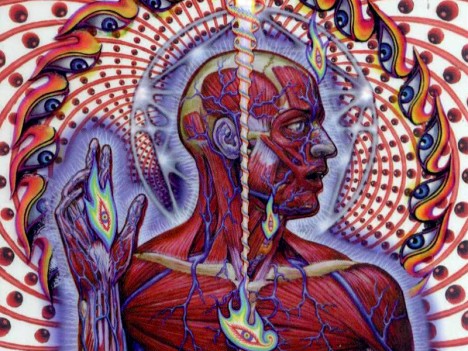





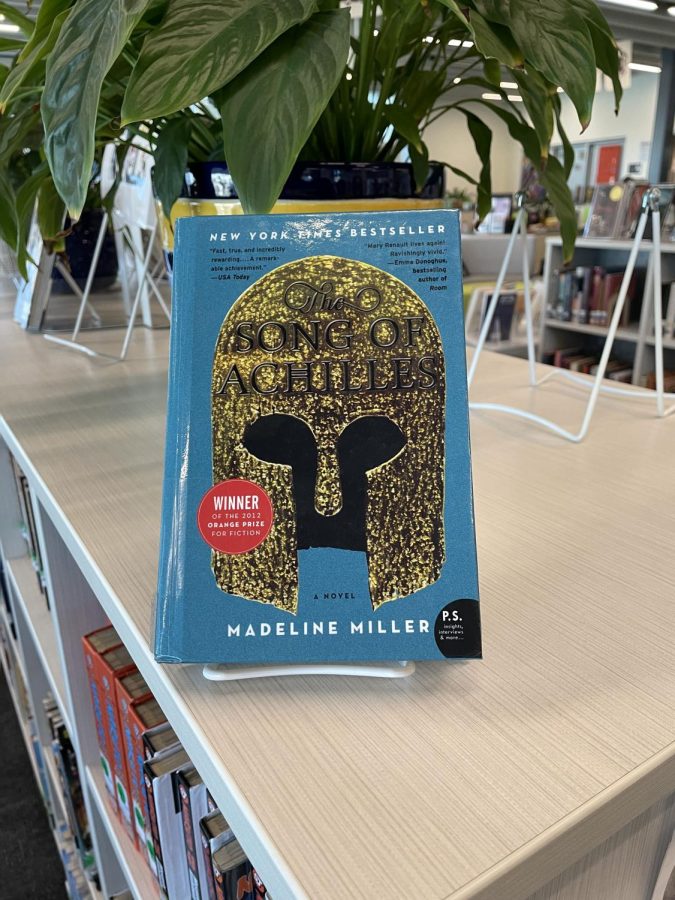
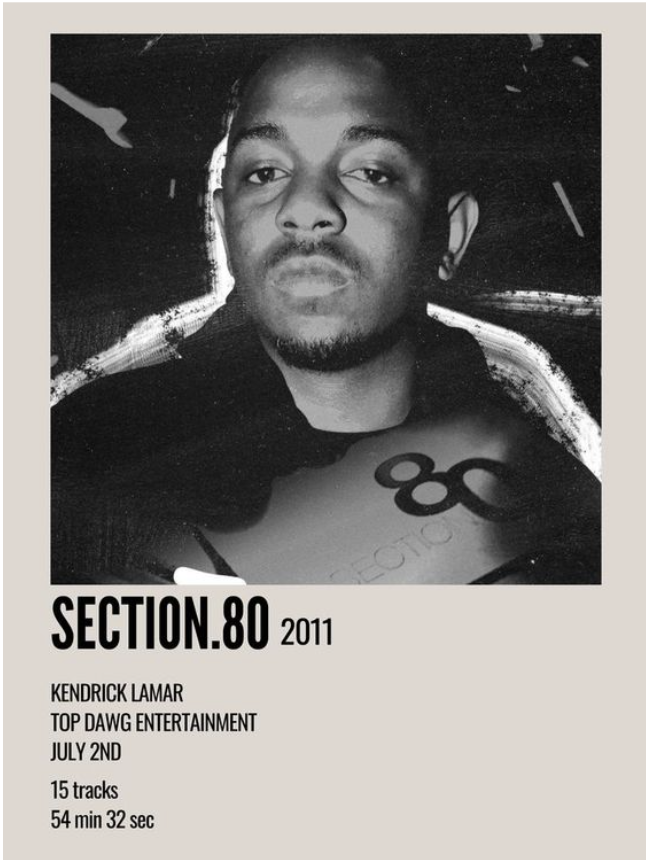




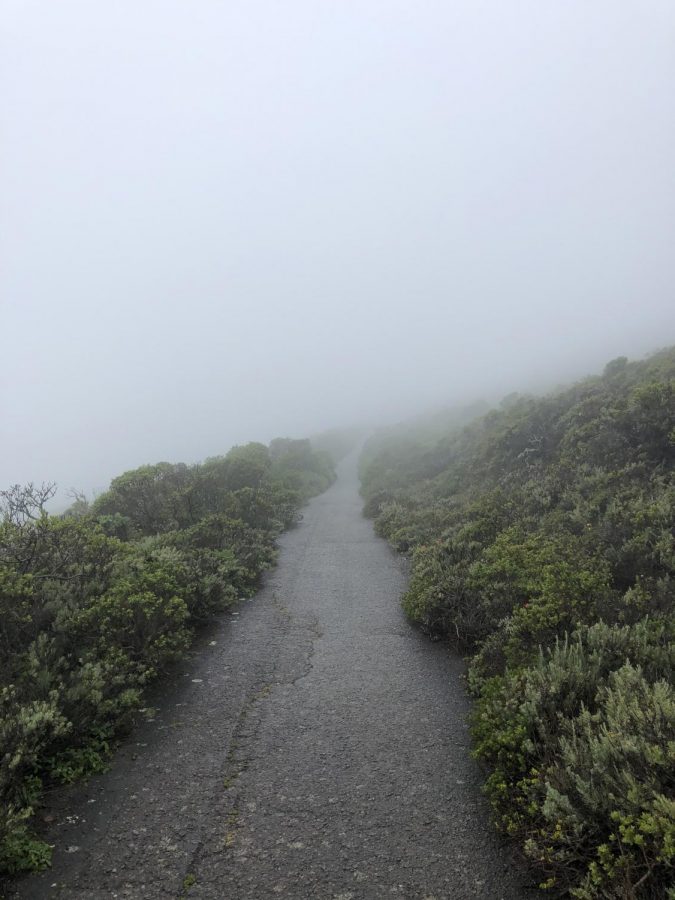






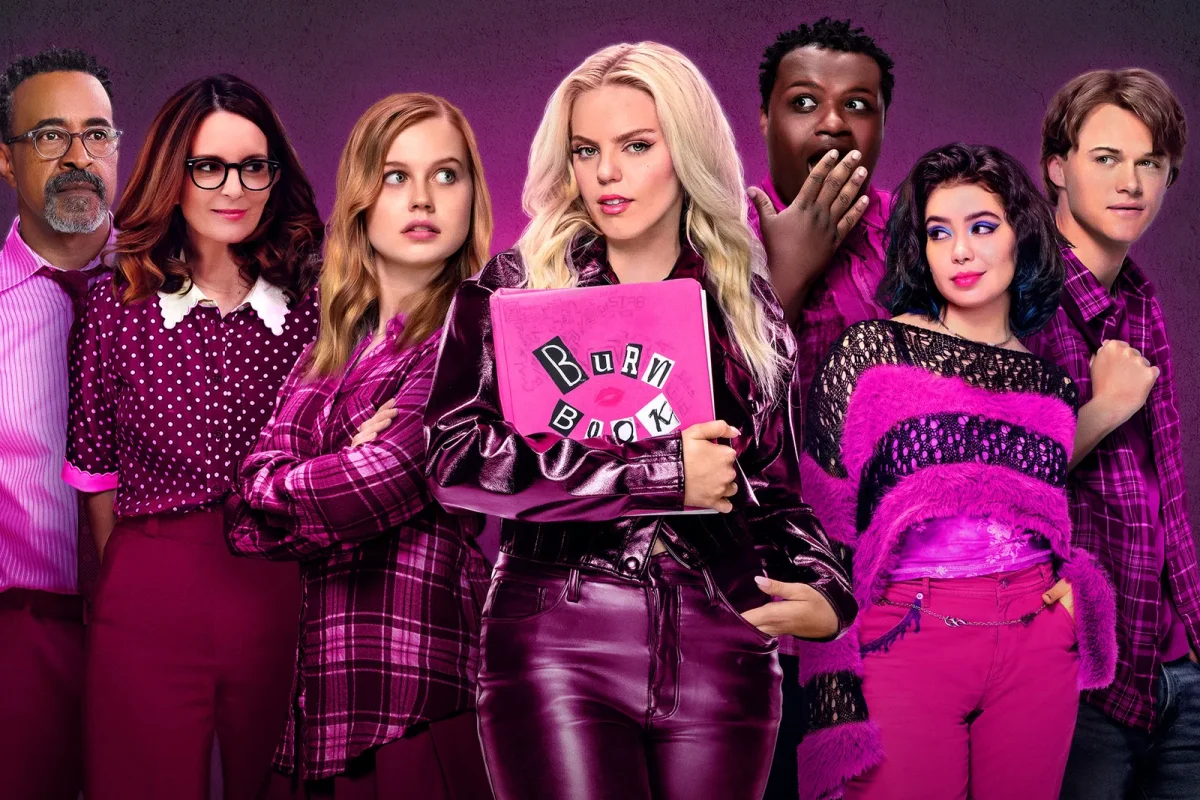


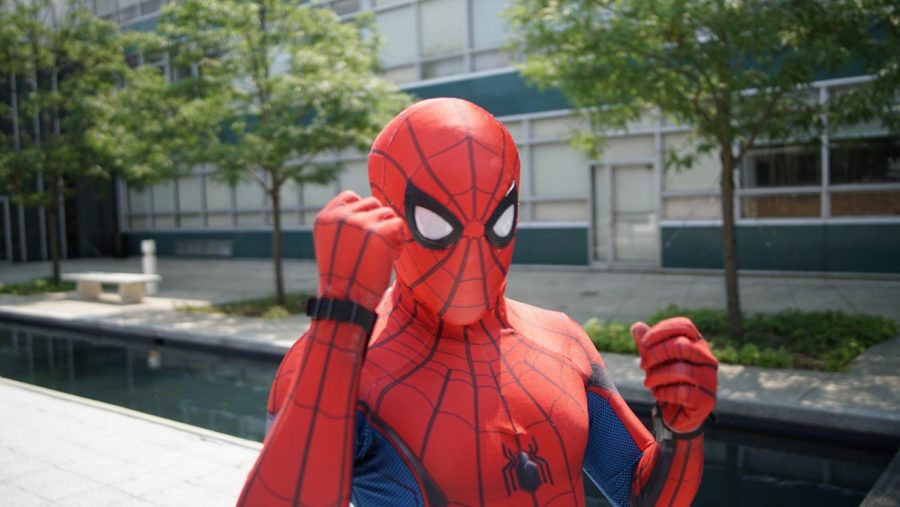

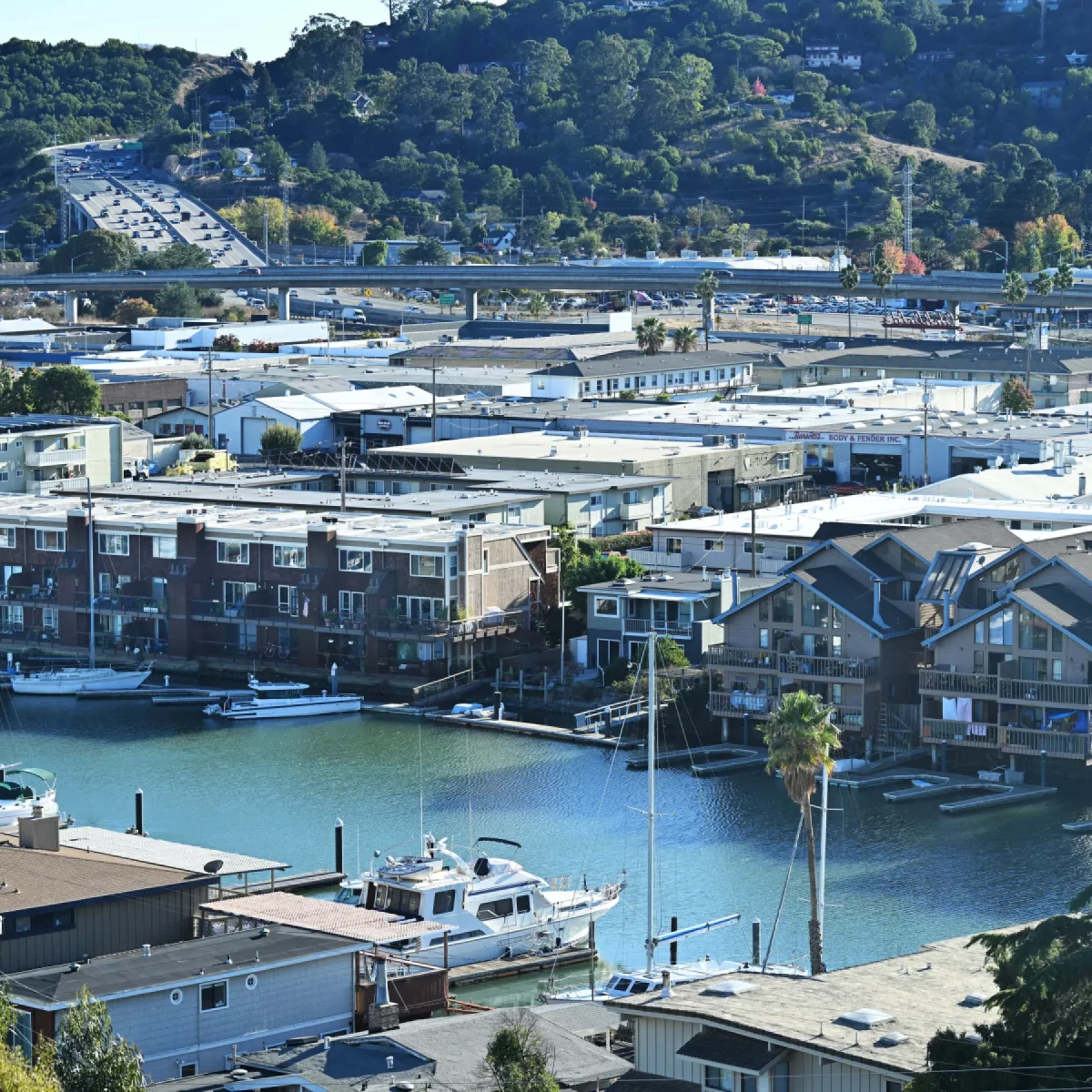
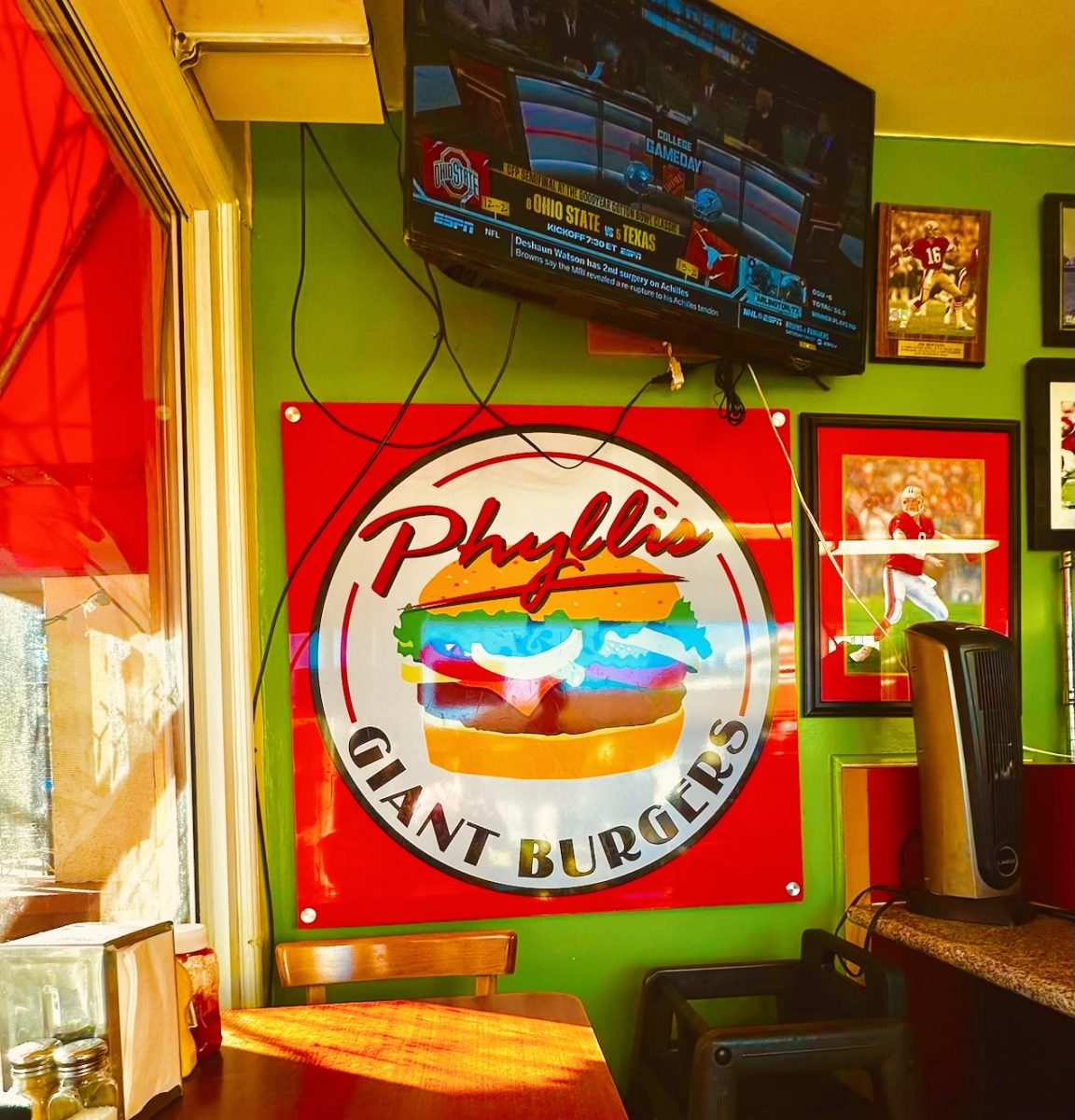



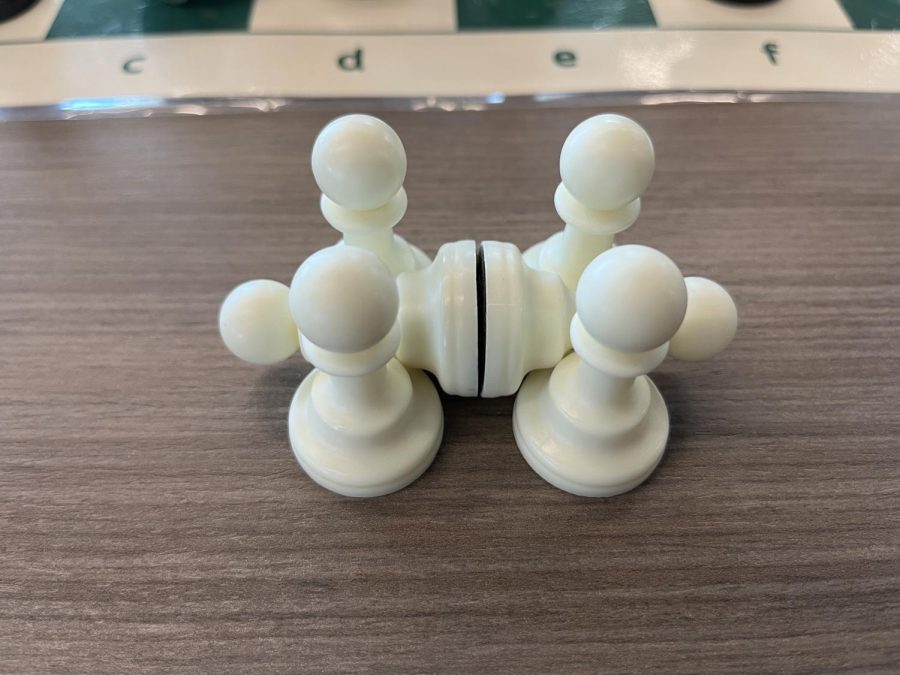
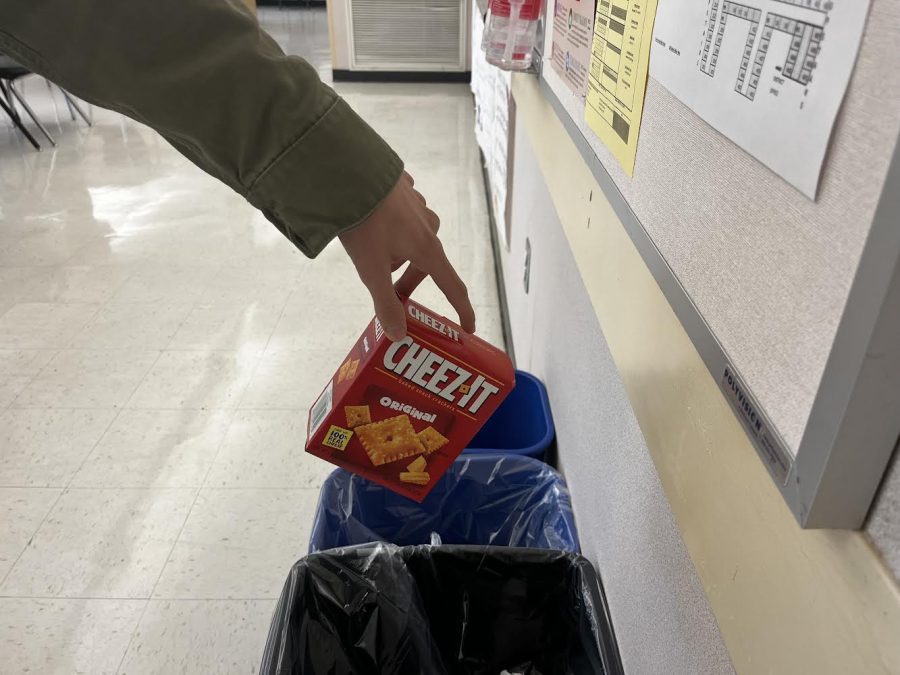


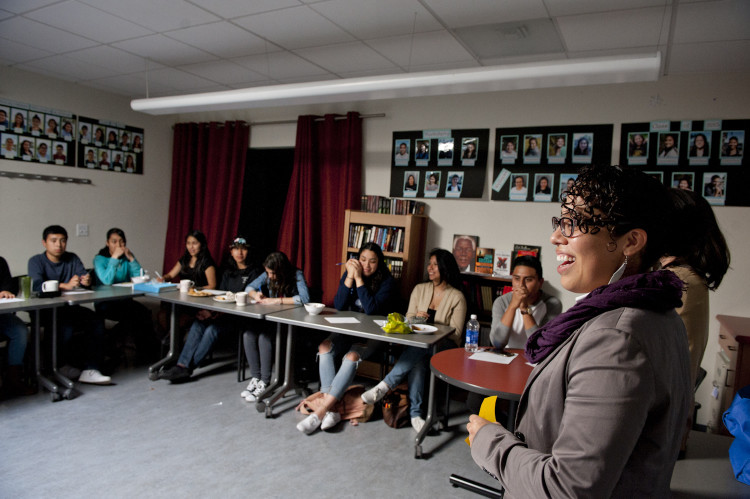

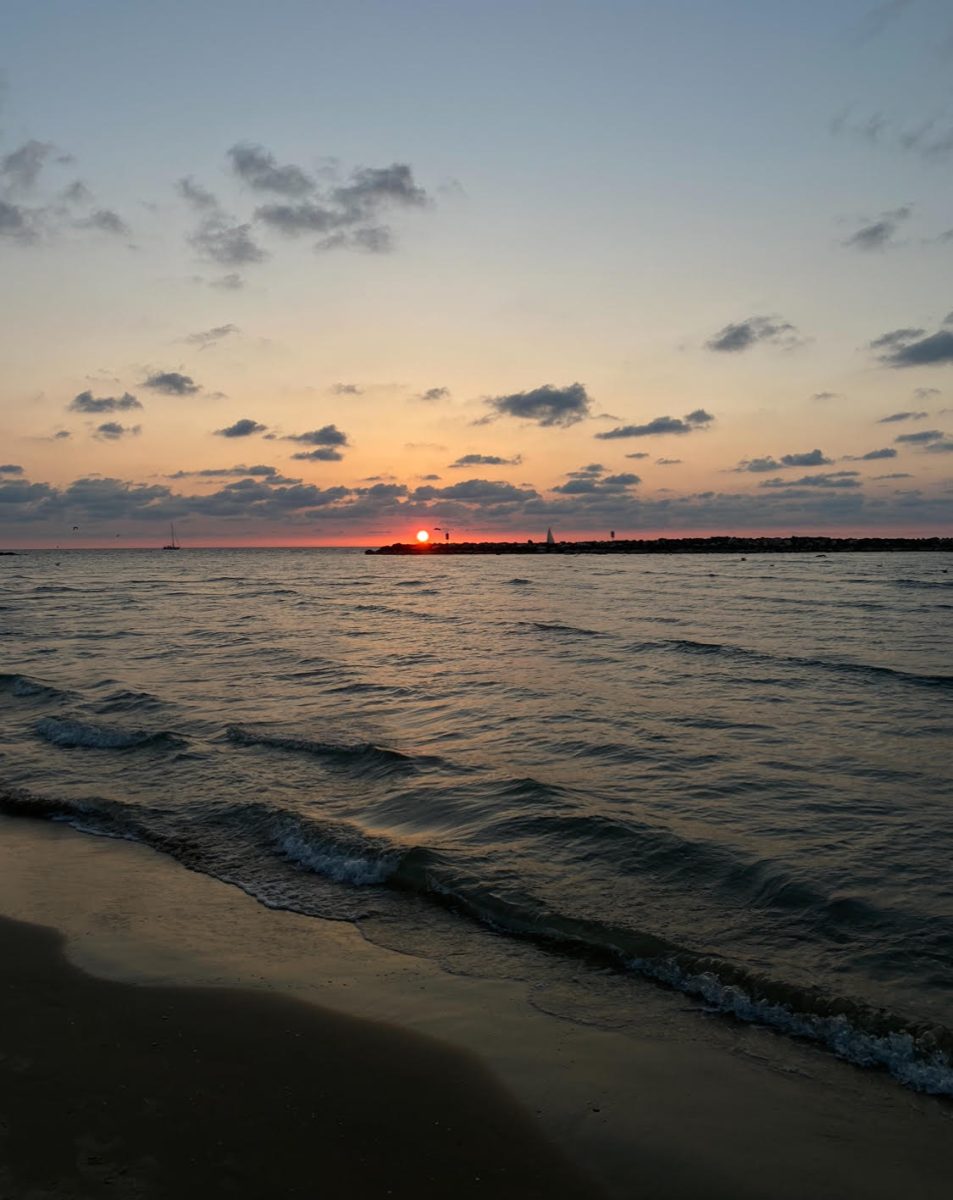
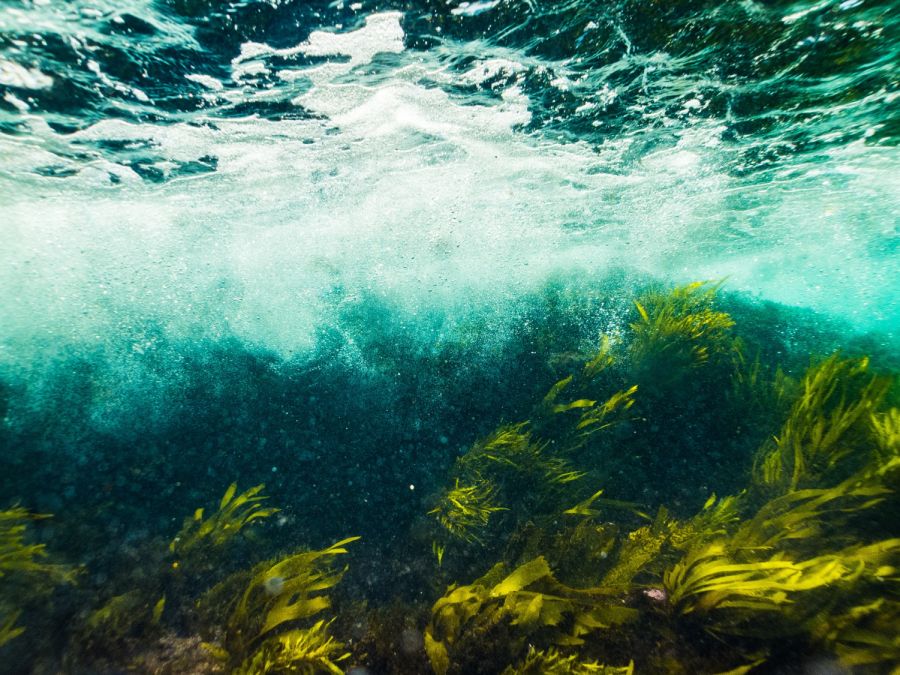

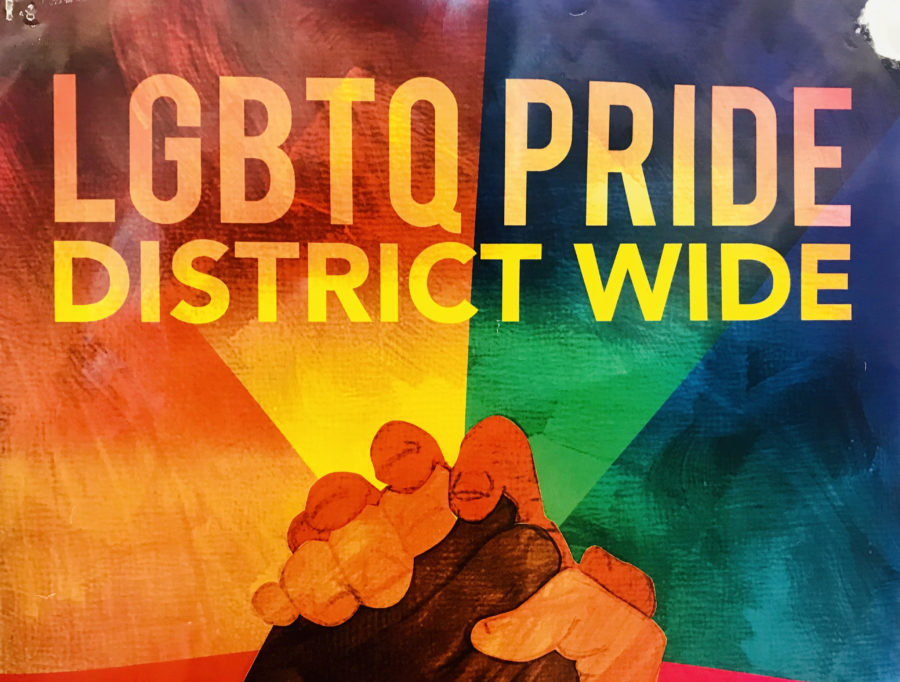

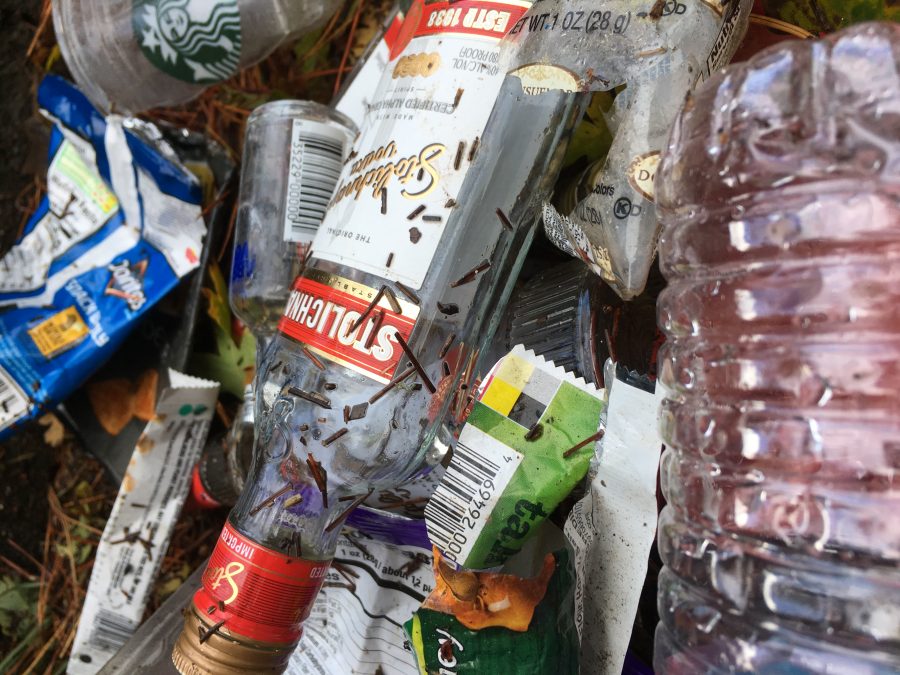
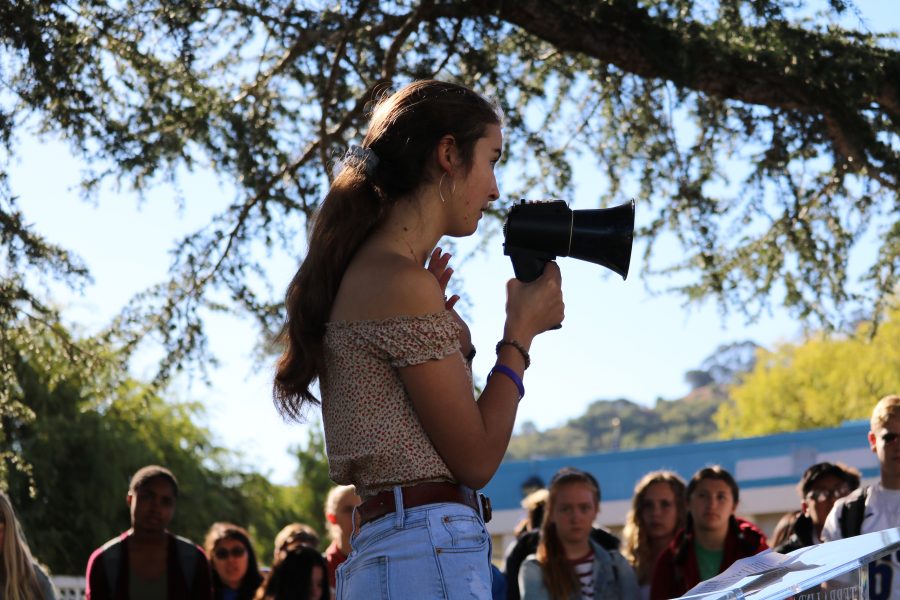
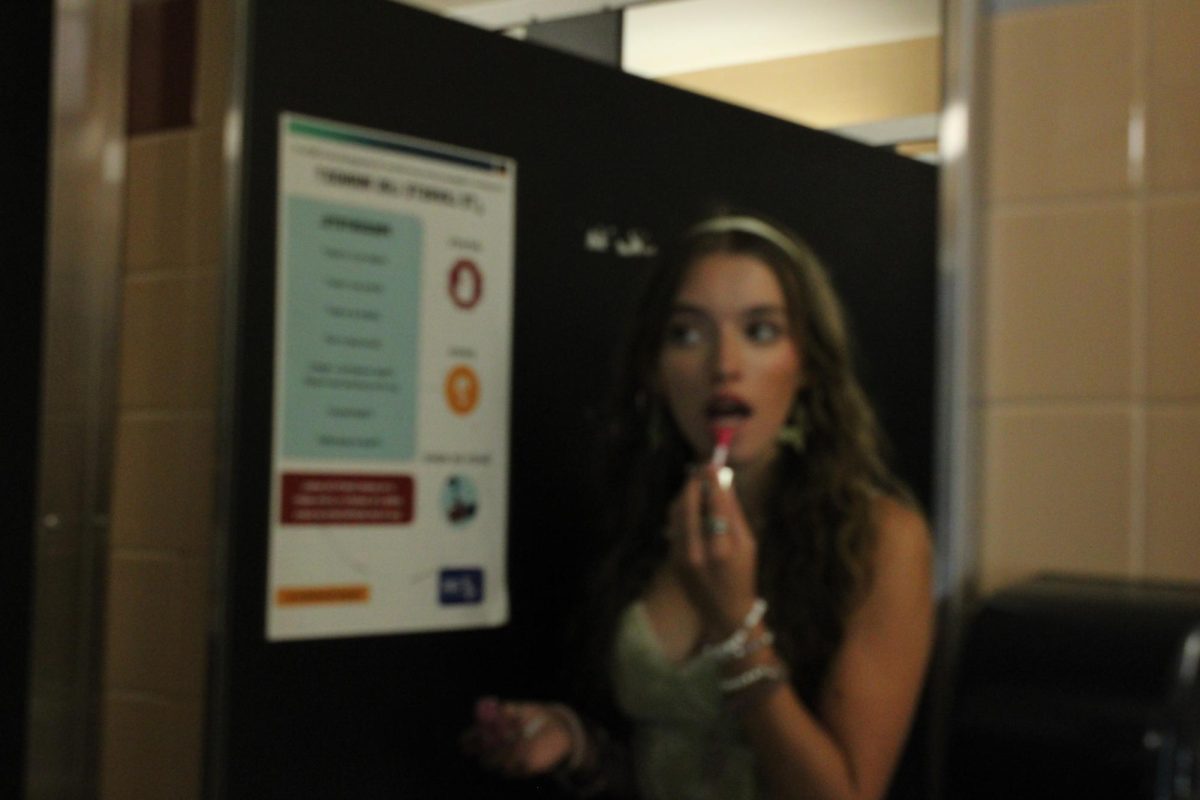
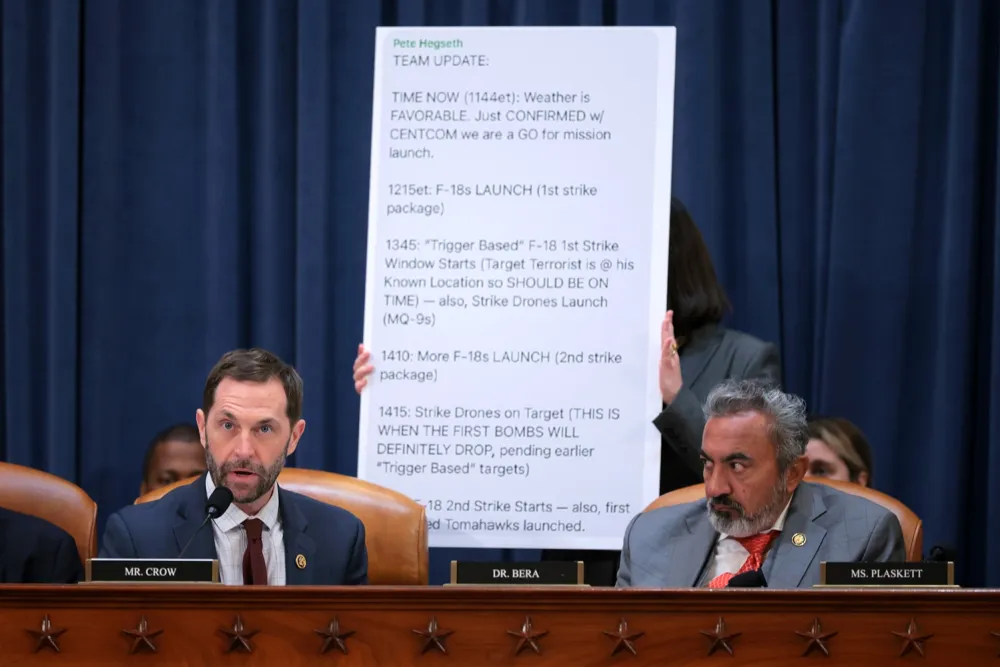


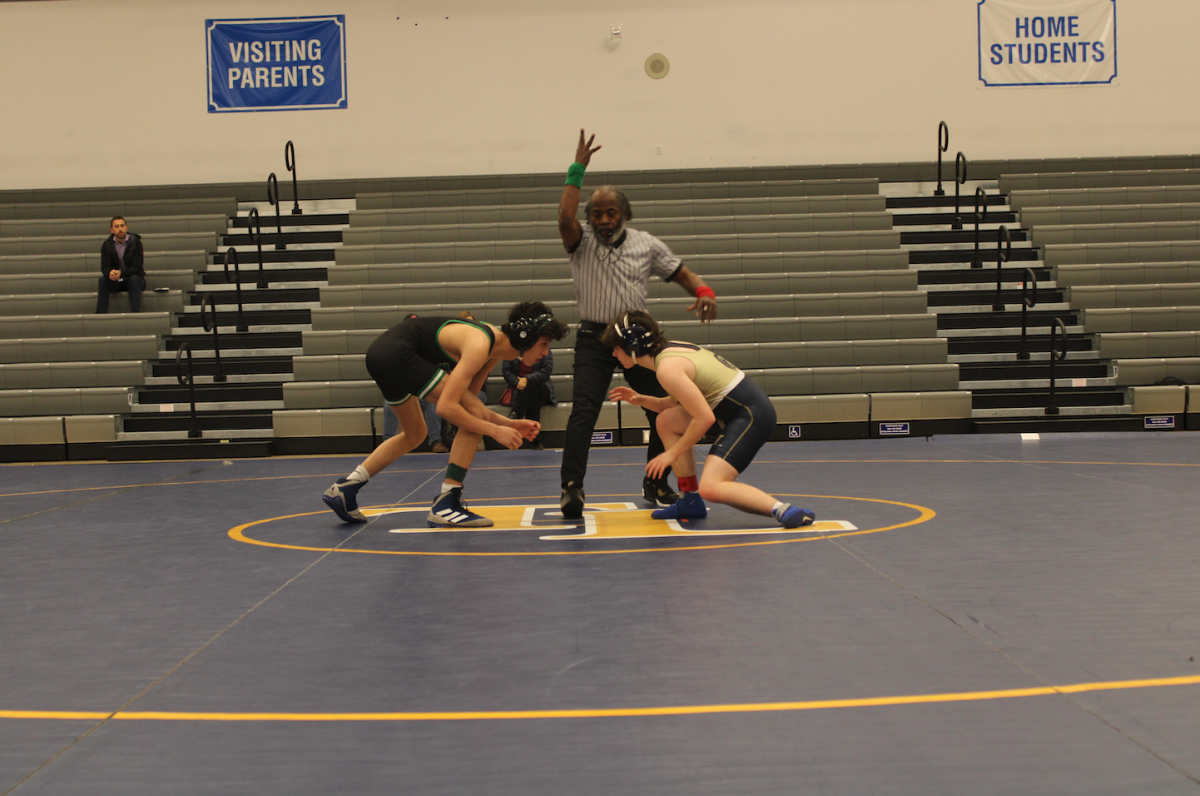


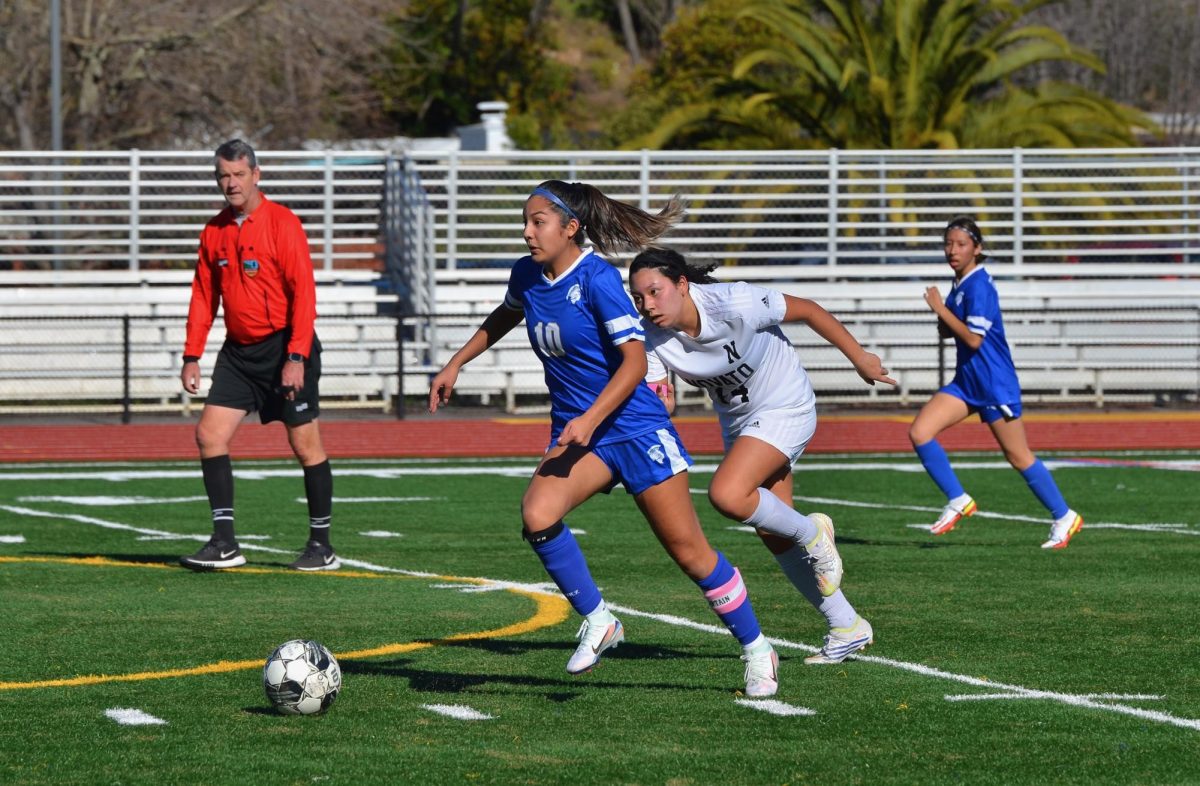


Kaia • Mar 6, 2018 at 11:01 am
you go gurl
teagen Leonhart • Feb 14, 2018 at 12:42 pm
I’ll add that EVERY day, I pull a ton of recyclables out of the landfill trash bin, which is directly next to the recycle bin….It would be so nice to see students taking that extra one billionth of a second to do right by the planet. And don;t get me started on the litter everywhere. Our custodians deserve medals of honor.